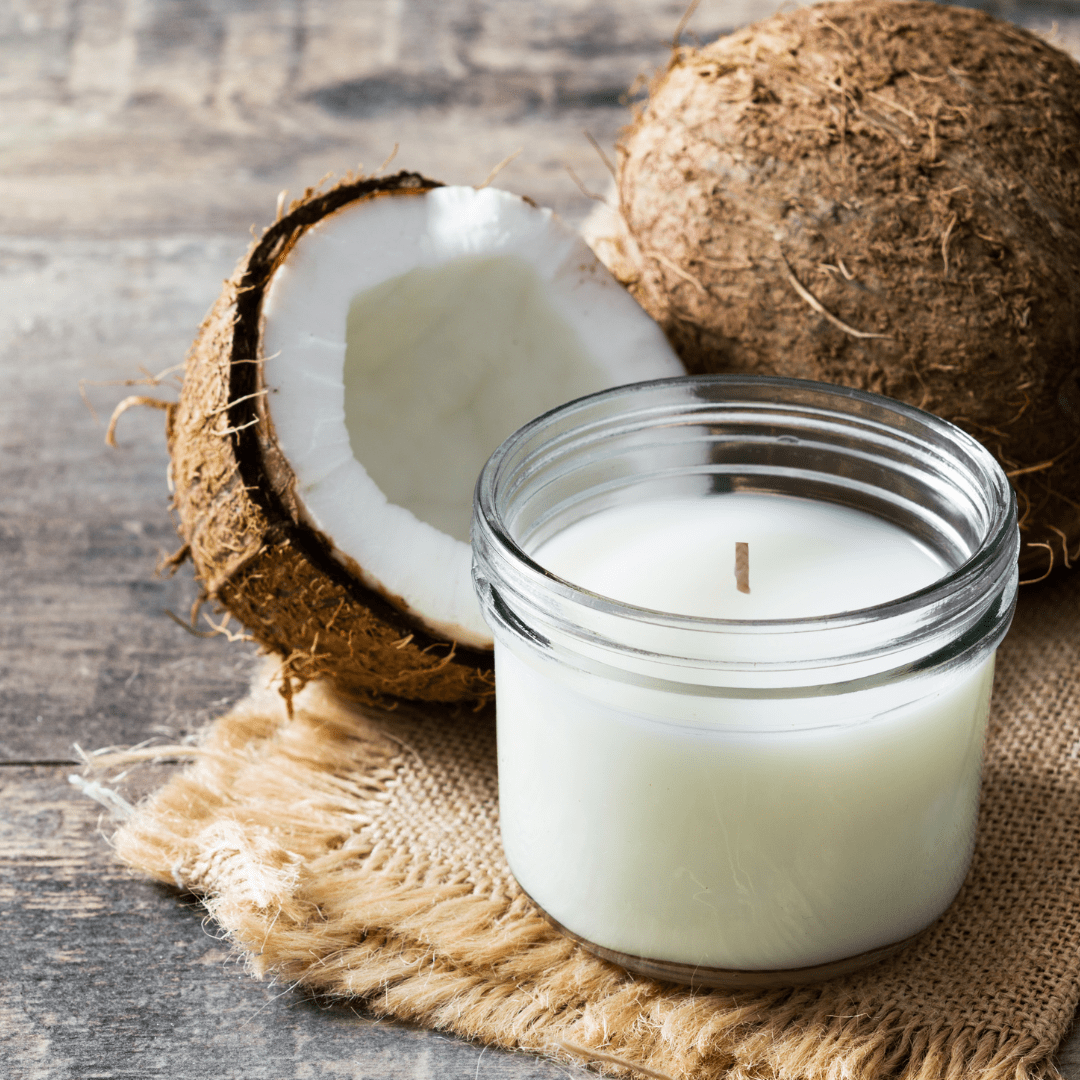Infuse Your Home with the Aroma of Crystal Soy Candles and Home Fragrance
Infuse Your Home with the Aroma of Crystal Soy Candles and Home Fragrance
Blog Article
From Wick to Wax: Comprehending the Chemistry Behind Soy Wax Candles and Their Ecological Impact
As we illuminate our spaces with the warm radiance of candles, there exists a world of intricate chemistry behind the relatively basic act of lighting a soy wax candle. Join us as we decipher the scientific intricacies behind soy wax candle lights and explore their effects on our environment.
Soy Wax Vs. Paraffin Wax
When comparing soy wax and paraffin wax for candle making, it is necessary to recognize the unique features and advantages of each material. Soy wax is a natural, sustainable resource derived from soybean oil, making it naturally degradable and environmentally friendly - soy candles. In contrast, paraffin wax is a by-product of petroleum refining, which elevates issues regarding its ecological impact and sustainability
Soy wax candle lights melt cleaner and release less residue compared to paraffin wax candle lights, making them a much healthier option for interior air quality. Additionally, soy wax has a reduced melting point, permitting for a longer-lasting candle light that disperses scent a lot more effectively. Paraffin wax, on the other hand, tends to shed faster and less easily, possibly launching unsafe chemicals right into the air.
From a sustainability point of view, soy wax is preferred for its biodegradability and renewable sourcing, straightening with the growing consumer choice for ecologically conscious products. While paraffin wax has actually been a conventional choice in candle making because of its affordability and ease of usage, the change in the direction of environment-friendly choices like soy wax is gaining momentum in the sector.
Chemical Composition of Soy Wax

Combustion Refine in Soy Candles
The chemical structure of soy wax directly affects the combustion process in soy candles, affecting factors such as melt time, scent release, and ecological effect. When a soy candle light is lit, the warm from the flame thaws the wax near the wick.
The combustion performance of soy candles is influenced by the pureness of the soy wax and the high quality of the wick. A clean-burning soy candle light try this website with an effectively sized wick will create a consistent fire and reduce soot development. This not only extends the melt time of the candle yet additionally enhances the release of fragrances. Additionally, soy wax candles have a reduced ecological influence compared to paraffin candle lights as a result of their naturally degradable and eco-friendly nature.

Environmental Benefits of Soy Wax

Considered a lasting option to typical paraffin wax, soy wax uses notable ecological benefits that make it a prominent choice among eco-conscious customers. One significant advantage of soy wax is its eco-friendly sourcing. Soy wax is stemmed from soybean oil, which is mostly cultivated in the United States. The farming of soybeans helps support regional farmers and decreases the dependence on non-renewable nonrenewable fuel sources used in paraffin wax manufacturing. Additionally, soy wax image source is eco-friendly, implying it damages down normally without releasing unsafe toxic substances right into the setting. This characteristic makes soy wax candles a much more eco-friendly option compared to paraffin wax candles, which are made from petroleum, a non-renewable resource. Additionally, soy wax burns cleaner and generates much less residue than paraffin wax, adding to much better interior air quality and decreasing the requirement for cleaning and maintenance. Generally, the environmental benefits of soy wax line up with the expanding demand for lasting and environment-friendly products out there.
Recycling and Disposal Factors To Consider
Recycling and appropriate disposal of soy wax candles play a critical function in preserving ecological sustainability and minimizing waste in areas and houses. The first action is to guarantee that the candle light has shed completely when it comes to reusing soy wax candles. This can be accomplished by permitting the candle to melt until the wick is no much longer functional, and afterwards allowing the remaining wax cool and solidify. When the wax has solidified, it can be meticulously removed from the container.

In regards to disposal, if recycling is not an alternative, soy wax candle lights are naturally degradable and can be safely taken care of in the majority of house waste systems. However, it is constantly advised to get in touch with regional reusing facilities or waste management solutions for particular guidelines on candle disposal to make sure proper handling and environmental defense.
Verdict
In verdict, the chemistry behind site soy wax candles discloses their ecological benefits over paraffin wax candle lights. Soy wax, stemmed from soybean oil, burns cleaner and creates less soot when compared to paraffin wax. The burning process in soy candles is much more effective, resulting in a longer and more also burn. Furthermore, soy wax is renewable and eco-friendly, making it a more sustainable selection for candle light manufacturing. Recycling and appropriate disposal of soy wax candle lights better add to their ecological impact.
When contrasting soy wax and paraffin wax for candle light production, it is essential to comprehend the distinctive features and benefits of each product (candles).Soy wax candle lights burn cleaner and discharge much less soot contrasted to paraffin wax candles, making them a much healthier choice for interior air quality.Considered a lasting choice to standard paraffin wax, soy wax uses noteworthy ecological benefits that make it a popular selection among eco-conscious customers. Soy wax burns cleaner and produces much less residue than paraffin wax, contributing to better interior air quality and lowering the demand for cleansing and upkeep.In conclusion, the chemistry behind soy wax candles reveals their ecological benefits over paraffin wax candles
Report this page